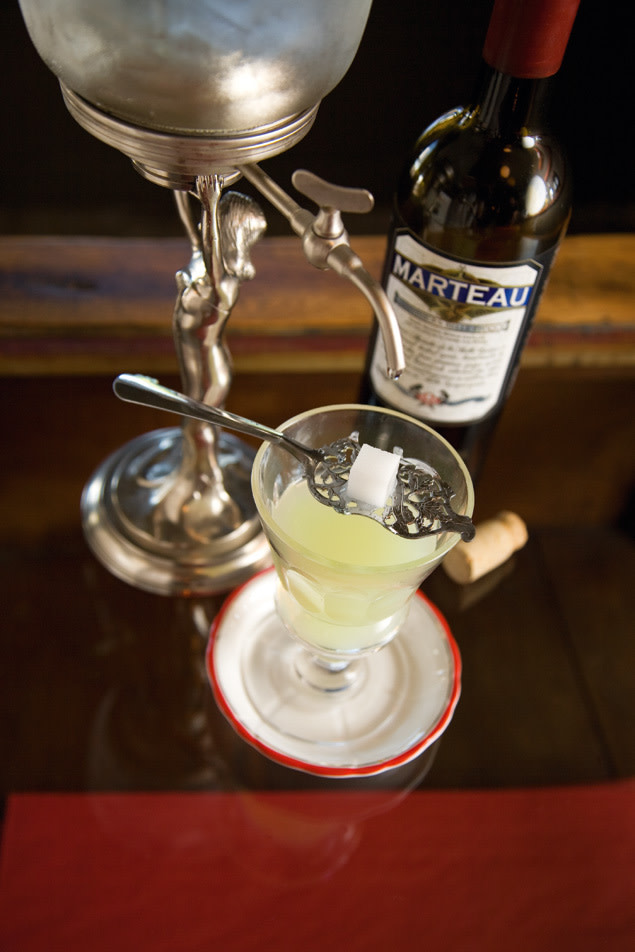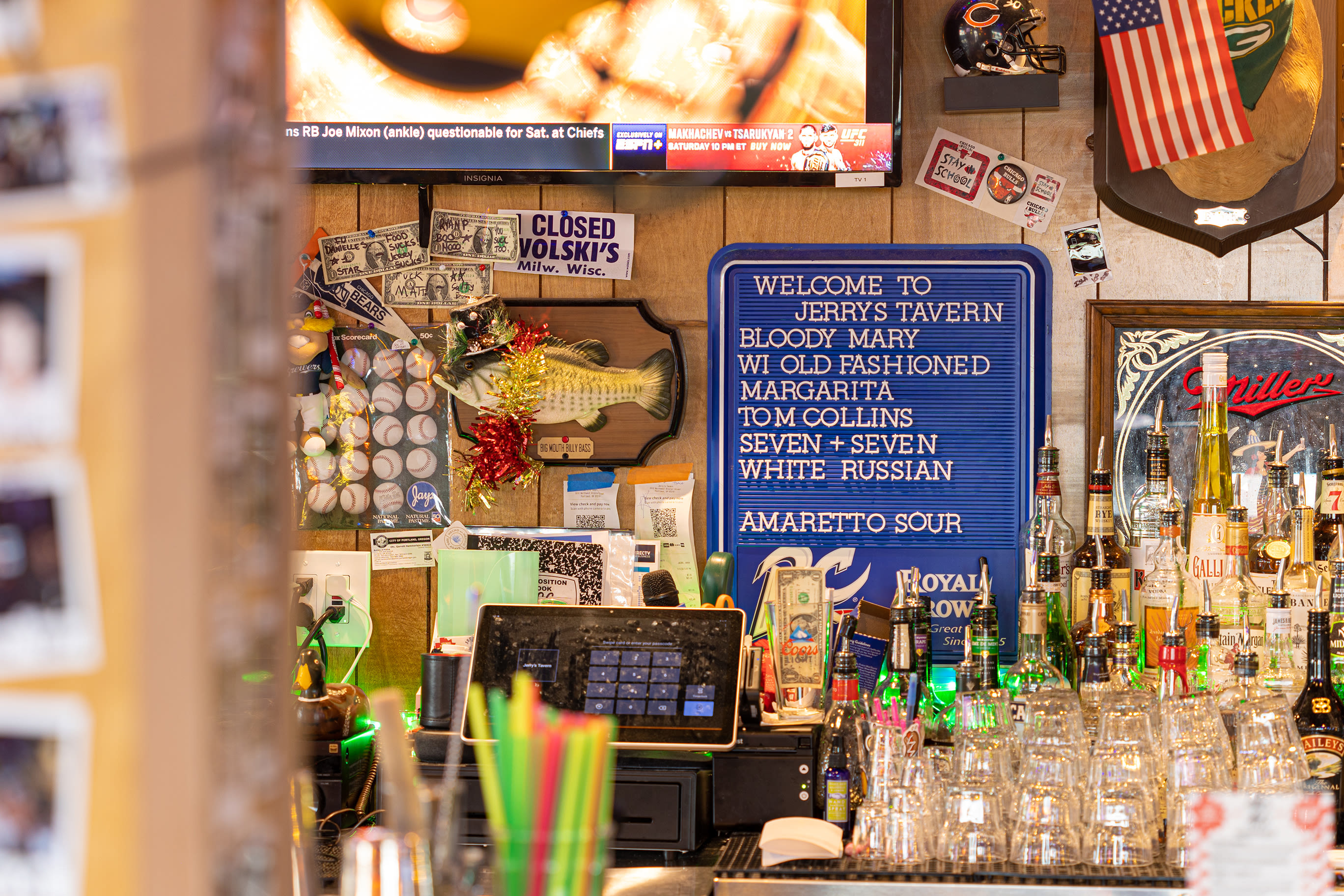Fool Proof

WHEN THE FEDS banned the sale of absinthe in 1912, they did so under the misguided assumption that the high-proof spirit turned drinkers into certifiable nut jobs. But for years, absinthe devotees like Gwydion Stone, the Seattle-based founder of the Wormwood Society, have fought to reveal the real truth about the legendary “pernicious” liquor. Thanks to their efforts, even the Bureau of Alcohol, Tobacco, and Firearms now acknowledges that a toxic component of wormwood—the sine qua non ingredient of absinthe—has rarely, if ever, been present in the drink in amounts that could be remotely harmful. In fact, early studies that led to the ban, according to Stone, consisted of little more than rounding up drunks and watching them melt down in a cell. “The delirium that they observed was alcohol withdrawal,” he says. “Basically, these people had the d.t.’s.”
But now, after better science (and Byzantine legal wrangling over its labelling), the distillate is finally back in American bars. And two of the four new absinthes now produced and sold domestically are being made by companies right here in Portland: Integrity Spirits’ Trillium was released this summer, and Stone’s new absinthe, Marteau, produced in partnership with House Spirits (makers of Aviation gin and Medoyeff vodka), came out this month. Stone’s recipe is an attempt at a classic, 19th-century French style, and its wondrous complexity explains why the much-maligned spirit has endured.
Served in the customary round-bottomed, stemmed glass, with about an ounce diluted with three to five parts water, the highly potent Marteau (136 proof) opens up on the palate with warm spice, then subtly yields to complex layers of citrus, pine, and pepper—all shot through with a soaring arc of anise. Adding a bit of sugar or simple syrup is the traditional way to give the drink depth. The addition of an entirely untraditional half teaspoon of maraschino liqueur, however, makes the Marteau worthy of frequent tippling (that is, if it didn’t cost nearly $100 a bottle).
Still, the more sensible option by far is to use the stuff judiciously to spice a classic sazerac, Death in the Afternoon, or Corpse Reviver cocktail, whose recipes all require only a few drops of absinthe. Its addition imparts a regal, almost calming perfume that, thankfully, seems to steer one in the opposite direction of madness.




